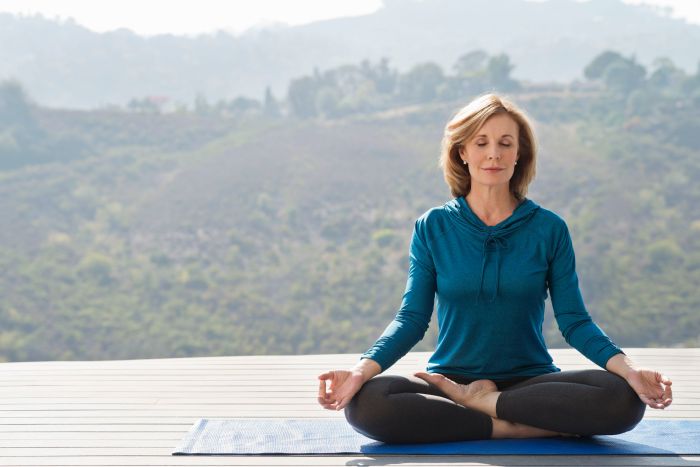With Meditation poses for beginners at the forefront, this paragraph opens a window to an amazing start and intrigue, inviting readers to embark on a storytelling casual formal language style filled with unexpected twists and insights.
Embark on a journey to discover the transformative power of meditation poses designed specifically for beginners. Learn the art of finding inner peace through proper alignment and posture, paving the way for a fulfilling practice ahead.
Introduction to Meditation Poses for Beginners
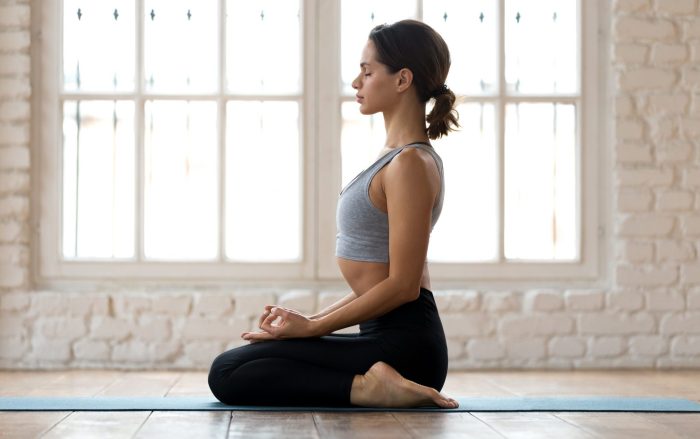
Source: verv.com
When it comes to meditation, having the right posture is crucial as it can significantly impact the quality of your practice. Proper meditation poses not only help you sit comfortably for an extended period but also promote focus, relaxation, and mindfulness.
Benefits of Practicing Meditation with the Right Poses
- Improved Concentration: A good meditation posture allows you to sit with ease, reducing distractions and enhancing your ability to concentrate on the present moment.
- Enhanced Relaxation: By adopting a correct posture, you can release tension in your body and achieve a deeper state of relaxation during meditation.
- Better Breathing: The right pose helps open up your chest and lungs, allowing for deeper and more controlled breathing, which can further calm your mind.
- Increased Mindfulness: Proper alignment in meditation poses supports the overall steadiness of your body, enabling you to be more aware of your thoughts and emotions.
Key Elements of a Good Meditation Posture
- Alignment: A good posture maintains the natural curves of your spine, keeping it straight but not stiff, allowing for a balanced flow of energy.
- Comfort: Your meditation pose should be comfortable enough to sit in for an extended period without causing strain or discomfort in any part of your body.
- Stability: The posture should provide a stable foundation, ensuring that you can sit still without constantly adjusting or shifting your position.
- Awareness: Being mindful of your body’s alignment and sensations while meditating helps you stay present and focused throughout your practice.
Popular Meditation Poses for Beginners
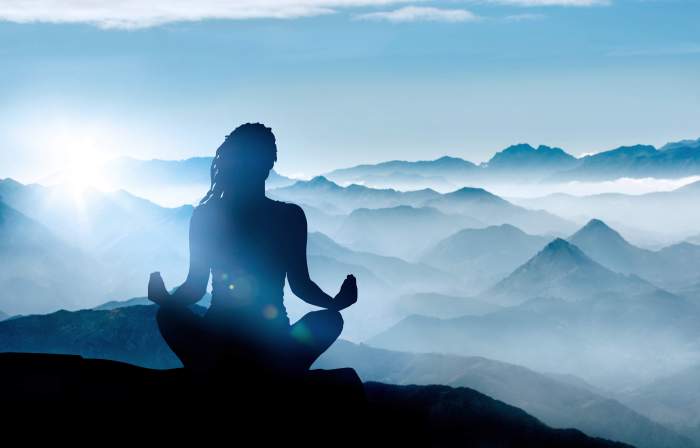
Source: co.uk
Meditation poses are an essential part of establishing a calm and focused mind. Here are some popular poses that are beginner-friendly and widely practiced.
Easy Pose (Sukhasana)
Easy Pose, also known as Sukhasana, is a simple cross-legged sitting position ideal for beginners. To achieve this pose correctly:
- Sit on the floor or a cushion with your legs crossed and your spine straight.
- Rest your hands on your knees with palms facing up or down.
- Close your eyes and focus on your breath, maintaining a relaxed but attentive posture.
Remember to switch the cross of your legs halfway through your practice to ensure balance in the body.
Lotus Pose (Padmasana)
Lotus Pose, or Padmasana, is a more advanced meditation pose but can be modified for beginners. To practice this pose correctly:
- Sit on the floor with your legs extended and then cross your legs, placing each foot on the opposite thigh.
- Rest your hands on your knees or in a mudra position.
- Keep your spine straight and focus on your breath, finding a comfortable position for your hips and knees.
If Lotus Pose is challenging, you can opt for Half Lotus Pose by only placing one foot on the opposite thigh and the other under the opposite thigh.
Tips for Maintaining Proper Alignment
Maintaining proper alignment during meditation is crucial for ensuring comfort and reaping the full benefits of your practice. Proper alignment helps in reducing strain on the body and allows for a deeper state of relaxation. Here are some tips to help you maintain the correct alignment of your spine, neck, and shoulders during meditation.
Alignment of the Spine, Neck, and Shoulders
- Keep your spine straight but not rigid. Imagine a string pulling you up from the top of your head to lengthen your spine.
- Relax your shoulders and allow them to gently roll back and down, opening up your chest.
- Your neck should be in line with your spine, neither leaning forward nor backward. Tuck your chin slightly to align your head properly.
Role of Breathing Techniques
- Focus on deep and diaphragmatic breathing to help relax the body and maintain proper alignment.
- As you inhale, feel your belly expand, allowing the breath to fill your lungs completely.
- Exhale slowly and fully, releasing any tension in your body and allowing for a deeper sense of relaxation.
Adjusting for Comfort
- If you feel discomfort or strain in a particular position, gently adjust your posture to find a more comfortable alignment.
- You can use props like cushions or blankets to support your body and maintain proper alignment without compromising comfort.
- Listen to your body and make small adjustments as needed throughout your meditation practice to ensure a comfortable and aligned position.
Meditation Props for Enhanced Comfort
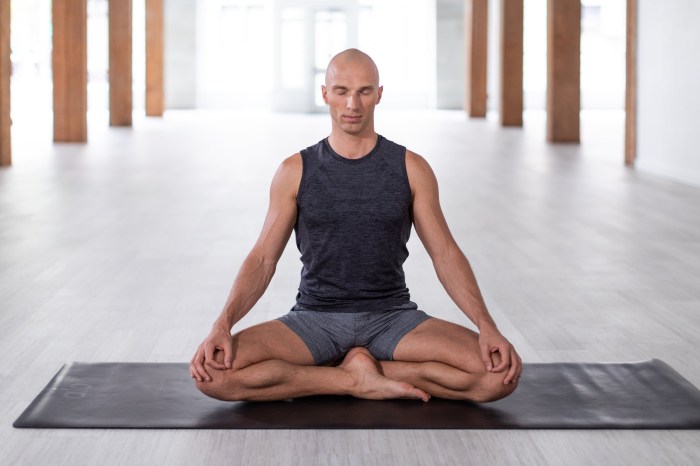
Source: squarespace-cdn.com
When starting out with meditation, having the right props can greatly enhance your comfort and overall experience. Here are some essential props that can support beginners in maintaining poses:
Cushions
- Using cushions or meditation pillows can help elevate your hips and provide support for your spine, allowing for a more comfortable seated position.
- They can also help beginners with flexibility by reducing strain on the knees and ankles during long meditation sessions.
Yoga Blocks
- Yoga blocks are great for beginners who may struggle with tightness in certain areas of the body.
- They can be used to modify poses and provide additional support, helping to maintain proper alignment and posture.
Meditation Benches
- Meditation benches are designed to support the lower back and promote a comfortable meditation posture.
- They can help beginners sit for longer periods without discomfort and allow for a more focused and relaxed meditation practice.
Overall, using props during meditation can deepen the experience for beginners by promoting relaxation, proper alignment, and comfort. They can aid in overcoming physical limitations and help create a conducive environment for a successful meditation session.
Final Conclusion
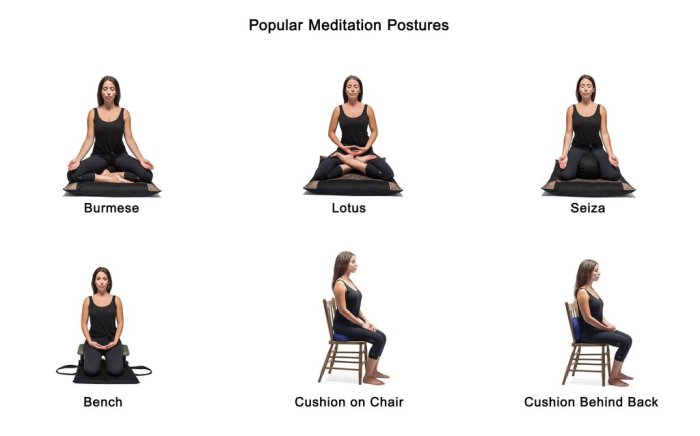
Source: pathofsincerity.com
In conclusion, mastering the art of meditation poses as a beginner is a gateway to enhancing your overall well-being and inner balance. By incorporating these poses into your daily routine, you are taking a significant step towards a calmer mind and a healthier body. Embrace the journey and watch as each pose guides you towards a deeper sense of self-awareness and tranquility.
